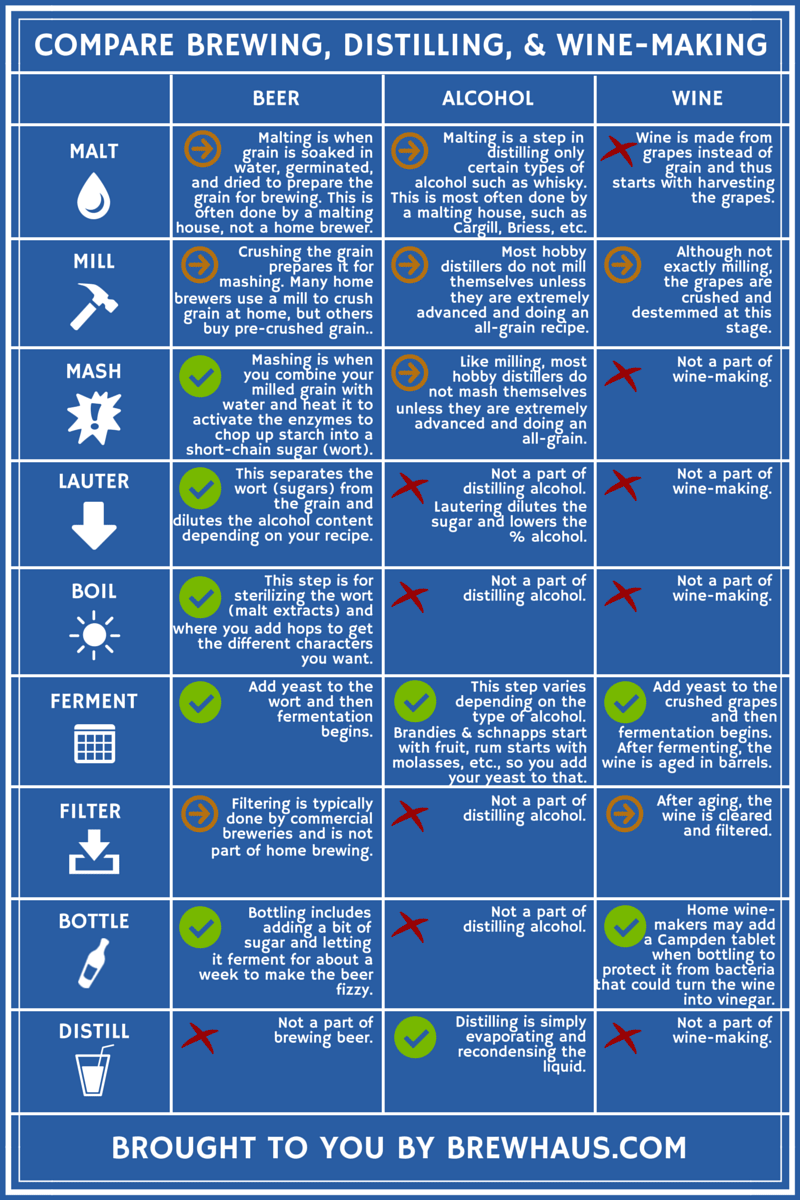Distilleries Demystified: A Complete Malfunction of the Production Process
In the world of spirits manufacturing, distilleries act as the enigmatic centers where raw active ingredients are transformed into detailed and nuanced elixirs. The procedure of purification is a precise craft that intertwines practice, science, and artistry to produce the spirits we have pertained to value. As we get started on unraveling the layers of distillery operations, we will navigate with the historic origins, detailed phases of manufacturing, and the nuances that differentiate one spirit from one more. Join us on this trip as we debunk the inner functions of distilleries, losing light on the alchemy that transforms grains, fruits, or botanicals into the liquid gold that fills our glasses.
History of Distilling
How did the old art of distilling advance right into the modern market we understand today? The history of distilling go back hundreds of years, with its beginnings traced to worlds such as the Mesopotamians, Egyptians, and Greeks. These ancient societies used unrefined types of distillation to generate fragrances, medications, and also alcohols. In time, this primitive method advanced, with considerable advancements made by very early Arab sorcerers during the Center Ages. They spearheaded making use of distillation for the manufacturing of spirits like brandy and scotch, preparing for the distilling practices we see today.
The distilling process continued to advance via the centuries, with the refinement of methods and the introduction of new innovations. This period saw the rise of renowned spirits brands that have actually come to be household names worldwide.
Resources Choice

When choosing resources, distillers should take into consideration the sugar content, starch conversion possibility, and any pollutants existing, as these factors directly affect the fermentation and purification processes. In whiskey production, the option in between various types of grains like corn, wheat, barley, or rye will result in distinctive flavor accounts. Additionally, the top quality and freshness of the raw materials can impact the effectiveness of fermentation and inevitably influence the purity and complexity of the final spirit.
Fermentation Refine
Throughout the fermentation procedure in distilleries, sugars from the raw materials are converted right into alcohol by yeast with a natural chemical reaction. The fermentation process is carefully monitored to make certain ideal conditions for yeast activity, such as keeping the ideal temperature and pH degrees.
Fermentation times can differ depending on the certain distillery and the type of alcohol being generated. When fermentation is full, the resulting liquid, known as the "clean" or "beer," is after that ready to continue to the distillation phase, where alcohol concentration is further raised through the splitting up of parts based on their boiling factors.
Purification Methods
Complying with the conclusion of the fermentation procedure, distilleries use a variety of purification techniques to additional concentrate alcohol web content and fine-tune the taste profile of the liquid. Purification is the procedure of separating alcohol from water and various other components in the fermented liquid with heating & cooling. One usual method is pot distillation, where the fluid is warmed in a pot still, enabling the alcohol to evaporate and after that condense back into fluid form. Discover More Here This technique is recognized for creating abundant and full-bodied spirits.
Furthermore, fractional distillation is an extra refined kind of column distillation that my site allows for precise splitting up of different parts based on their boiling points, resulting in incredibly pure spirits. Eventually, the choice of purification technique significantly affects the qualities and top quality of the last spirit produced.
Growth and Bottling
Upon reaching the desired degree of flavor advancement and complexity, distilled spirits go through growth prior to being bottled for consumption. Galveston Whiskey. Maturation is an essential phase where the spirits are aged in barrels or barrels made from various products like oak, which conveys distinctive tastes and characteristics to the fluid. During this period, the spirits interact with the timber, enabling them to mellow, establish brand-new tastes, and enhance their total complexity

The duration of growth differs depending on the sort of spirit being created and the preferred final product. Spirits such as rum, scotch, and brandy commonly require years of maturation to reach their ideal taste account. Throughout this process, ecological variables like temperature level changes can also influence the maturation procedure, affecting the final taste of the spirit.
As soon as the spirits have actually developed to excellence, they prepare to be bottled. Bottling includes filtering system the spirits to eliminate any continuing to be impurities, readjusting the alcohol content if needed, and ultimately, packaging the liquid in containers or containers appropriate for circulation and intake. The bottling stage represents the end result of the purification process, where the thoroughly crafted spirits exist to consumers for their pleasure.
Verdict
Finally, the distillation process includes picking basic materials, fermenting them, and using different methods to boil down learn the facts here now the fluid. Growth and bottling are key action in creating high-quality spirits. Comprehending the history and ins and outs of distilling clarify the complexity and creativity associated with developing distilled drinks. By following these steps, distilleries can create a large range of spirits with one-of-a-kind tastes and features.
The process of distillation is a precise craft that intertwines artistry, custom, and scientific research to yield the spirits we have come to value.The option of raw products is an essential facet of the distilling procedure, affecting the top quality and taste account of the last spirits generated. Furthermore, fractional distillation is a much more polished kind of column distillation that allows for accurate splitting up of different parts based on their boiling factors, resulting in remarkably pure spirits. Throughout this process, environmental factors like temperature level changes can likewise influence the growth procedure, affecting the final flavor of the spirit.
The bottling phase stands for the end result of the purification procedure, where the thoroughly crafted spirits are provided to consumers for their enjoyment.